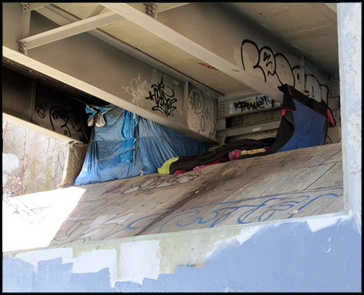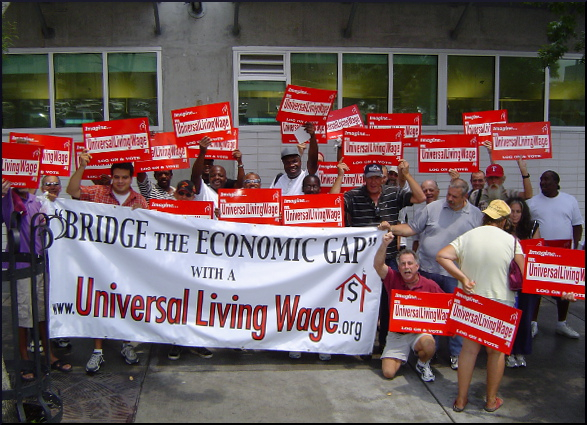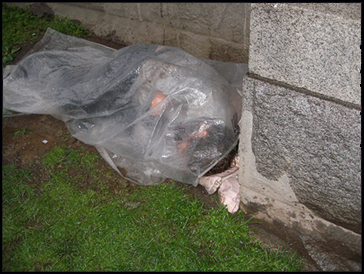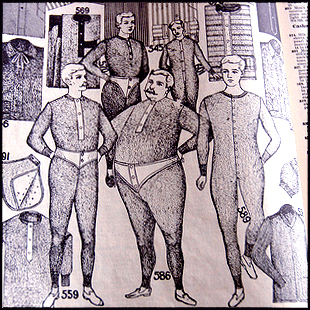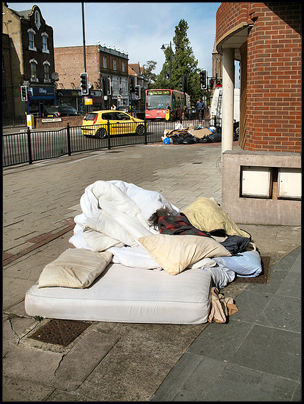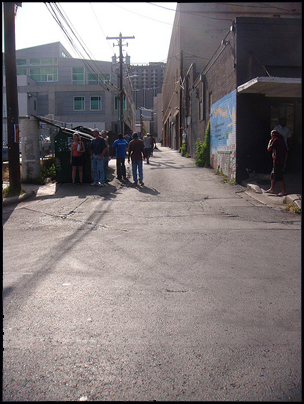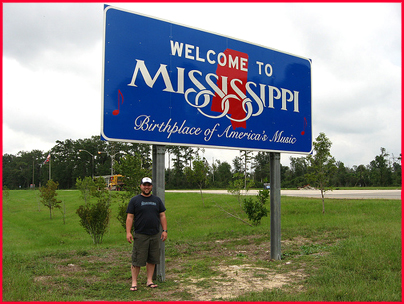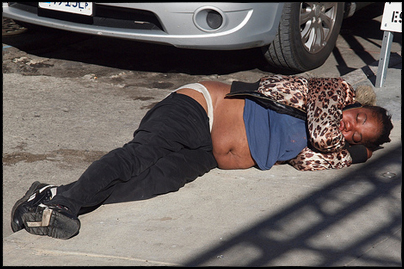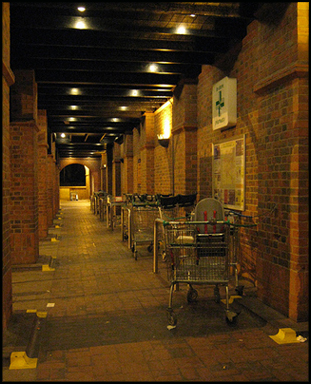
Today, we’re looking at an announcement from England and the comments it has attracted. Taken together, they pretty much capsulize the larger debate about society’s obligations to people experiencing homelessness.
In the United Kingdom, the fourth largest supermarket chain called Morrisons plans to open several new stores in which it will employ the homeless. The projected number of employees it will be needing is 10,000, and the plan is to fill 10% of those openings (1,000 jobs) with homeless people.
Rowena Mason writes about energy and financial matters for the Telegraph. In her brief article, we learn that Morrisons’ plan came about through cooperation with a nonprofit organization called Create, and with the Salvation Army.
The food chain promises to provide not just low-level jobs like cleaning, but to train people for more skilled positions, under an apprenticeship program. Apparently, the pilot program is already underway, and the first five people who went through the pre-employment academy have just started work at a store in the West Yorkshire city of Leeds. A spokesperson said the corporation believes in “a hand-up rather than a hand-out,” and even bigger long-range plans are underway.
Mason writes,
Morrisons claims to operate the biggest supermarket apprenticeship scheme in the UK, and it aims to train 100,000 employees with basic qualifications by 2011 — from shop floor staff to cleaners. Last month, the company also said it would fund 20 undergraduates through a salaried three-year degree course in food manufacturing at Bradford University.
At Inside Housing, Emily Twinch adds some technical details about exactly how this plan to help the homeless will be carried out:
The food retailer will give new employees three months training in the classroom and on the job, leading to a Qualifications and Credit Framework Level 1. They will then become fully employed by Morrisons and given the opportunity to work for a QCF Level 2 in retail skills or take up an apprenticeship to learn a craft, such as fishmongering.
The Qualifications and Credit Framework (QCF) is the United Kingdom’s system for recognizing the qualifications of workers and granting accreditation in various commercial areas. It was developed with the help of the government and the organizations and companies that provide job training, with plenty of input from employers.
Training people to be employable is, of course, not a new concept. What’s new is the structure of the program to recognize smaller steps in the learning process, and allow people to build up qualifications bit by bit. Another purpose is to allow the various skill levels of the participants to be honored nationally, so that a worker who earns certain credentials in Wales, for instance, will be recognized as eligible for a job requiring those credentials in London.
Of course, once the Morrisons plan was publicized, it drew both praise and criticism from the public, as exemplified by the “Comments” sections of the two news stories cited here. One person wants to know what, exactly, is this organization called Create? Another wonders why there is no mention of how much taxpayers’ money is involved. One commentator notes that not having an address has always been a major barrier for job-seekers, and this is a good step forward.
Someone mentions that he doesn’t not want the food he is about to buy and take home to be handled by employees whose health and hygiene are questionable. Will they be tested for communicable diseases? Someone else replies tartly that some of the dirtiest people he knows are people with jobs and homes, homes with washing facilities that they don’t choose to use. He mentions office workers who don’t cover their mouths when they cough, or wash their hands after using the restroom.
And, of course, someone writes in to slam Morrisons: “They remain, by a long margin, the worst employer I have ever had.” The most troubling comments concern the same problem we have in the United States: Even when employed, most of these new members of the workforce will still be homeless, because of the high cost of renting a place to live.
Richard R. Troxell writes in Looking Up at the Bottom Line,
With 42% of the visibly homeless working every week, then why are they still homeless? They are still homeless because it takes twice the minimum wage to get a one bedroom apartment in Austin. A person could work a full time job at McDonald’s and a full time job at Wendy’s and still not make enough to rent a one bedroom apartment.
Not in Austin, not in Leeds, and not much of anywhere else, is a full-time, minimum-wage worker able to afford housing for herself or himself, and that’s not even considering the dependents. So while Morrisons and other companies are trying to better the situation, and are to be greatly congratulated for their civic-minded spirit, the dismal truth is that it’s a very small drop in a very large bucket.
Reactions?
Source: “Morrisons to hire 1,000 homeless people,” Telegraph, 11/01/10
Source: “Supermarket takes on homeless workers,” Inside Housing, 11/02/10
Source: “Looking Up at the Bottom Line,” Amazon.com
Image by reverses (meenakshi madhavan), used under its Creative Commons license.
0

